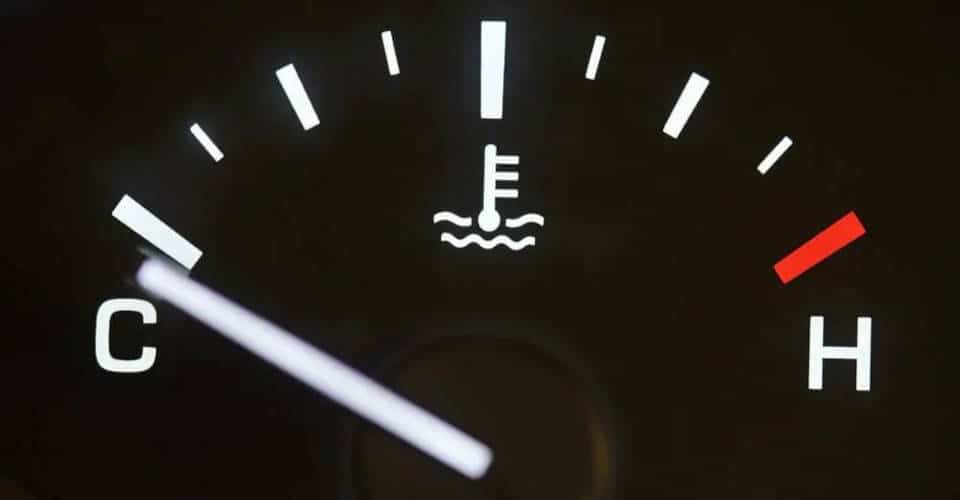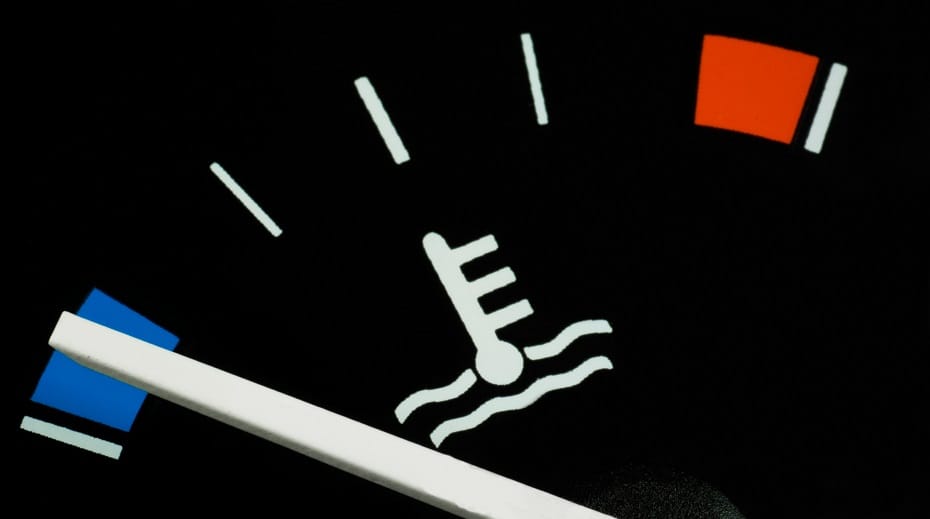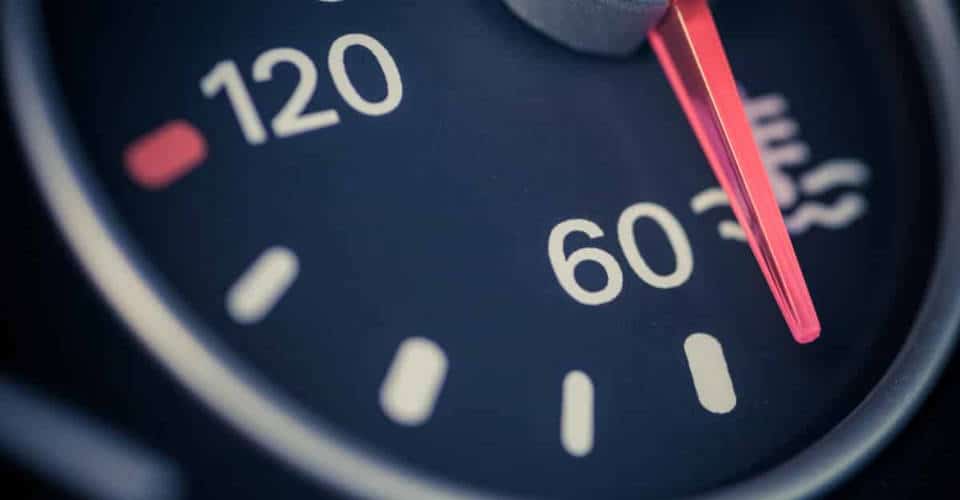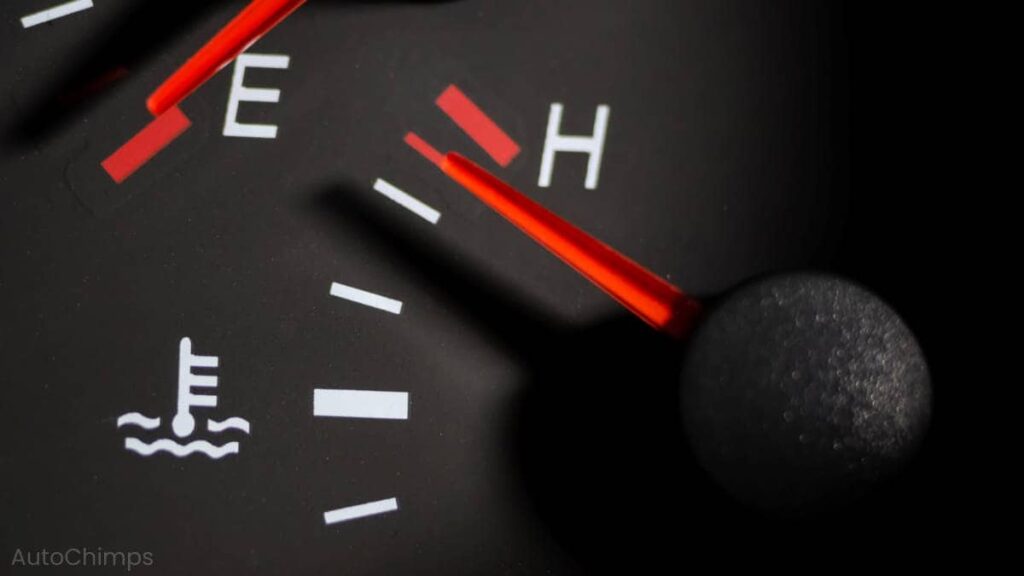



Why Is the Temperature Gauge Fluctuating? Here’s What to Know
When the temperature gauge starts dancing around while driving, it’s a sign that something might be off. Here’s a quick rundown: a fluctuating gauge means the coolant temperature is all over the place. First things first, check the coolant levels and top them off if needed. If the problem sticks around, it’s time to hit up a trusted mechanic to check out the thermostat, coolant temperature sensor, and any potential leaks.
Understanding the Temperature Gauge

The engine temperature gauge is that little dial on the dashboard that keeps tabs on how hot the engine is getting. When the engine is cold or just starting up, the needle hangs out on the cooler side. As the engine heats up, the needle should settle somewhere in the middle, which is the normal operating temperature. This gauge tracks the coolant temperature, which cools the engine by dissipating heat through the radiator.
It’s crucial to keep an eye on this gauge while driving. If the needle starts to rise, it could be the first sign that something’s brewing under the hood.
How Does the Coolant System Work?
The coolant in a car is a mix of antifreeze and water, stored in the coolant reservoir under the hood. When the engine fires up, the water pump kicks into gear, pushing the coolant through a network of pipes and hoses. When the engine hits a certain temperature, the thermostat opens up, allowing coolant to flow to the radiator where the heat is released into the air.
If the engine gets too hot, the radiator fan will turn on to help cool things down. This whole cycle keeps the engine from overheating or running too cold, which can cause serious damage.
Fluctuating Temperature Gauge: What’s Up?

If the temperature gauge is fluctuating wildly, it’s a bit of a head-scratcher. This usually points to a coolant system component that’s on the fritz but hasn’t completely failed yet. It’s not serious enough to trigger the Check Engine light, but it’s definitely worth investigating.
Here are some common suspects:
- Coolant levels
- Thermostat
- Coolant temperature sensor (CTS) or gauge
- Radiator fan
- ECU
1. Coolant Levels
First things first, check those coolant levels. If they’re low, the engine might struggle to keep cool, especially under heavy loads. If levels are just below the mark, top it up—but make sure the engine’s cold first to avoid burns. Use the right type of coolant as specified in the owner’s manual.
If the coolant keeps dropping, there could be a leak somewhere in the system. After topping up, take the car for a spin to see if the issue persists. If the gauge still fluctuates, it’s time to dig deeper.
2. Thermostat
If adding coolant doesn’t do the trick, the thermostat might be the culprit. While it’s not super common for thermostats to fail, they can get stuck open or closed. If it’s closed, the engine can overheat because coolant isn’t circulating properly. When it opens, the temperature should drop back to normal.
A mechanic can check the thermostat, and replacing it is usually a straightforward job that shouldn’t break the bank—expect to pay around $100.
3. Coolant Temperature Sensor (CTS) or Gauge
Sometimes, the issue lies with the coolant temperature sensor or the gauge itself. If the sensor isn’t working right, it can send incorrect readings to the gauge, causing that needle to bounce around. If that’s the case, fixing it typically costs about $200 or less.
If the gauge itself is faulty, it might not show accurate temperatures at all, leading to more confusion. Getting a quote for this can be tricky since it often requires a thorough inspection.
4. Radiator Fan
The radiator fan is crucial for cooling the coolant as it passes through the radiator. If the fan isn’t kicking on when it should, the coolant temperature will rise, especially during heavy acceleration or uphill climbs. Conversely, if the fan runs constantly, it might cool things too much, causing the gauge to fluctuate.
Most of the time, the issue isn’t the fan itself but the wiring or the ECU. A mechanic can check this out, and repairs might run between $200 and $300.
5. ECU

The Electronic Control Unit (ECU) is the brain of the operation, taking data from various sensors and translating it into action. If there’s a glitch in the ECU, it might misread the coolant temperature, causing the gauge to act erratically. Fixing ECU issues can get pricey, sometimes reaching into the thousands, but it’s essential to address it before it leads to bigger problems.


![Assessing Damage: When Is It Considered Excessive? [Guide]](https://autocheep.com/wp-content/uploads/2025/07/Tire-Sidewall-Damage-How-Much-Damage-Is-Too-Much-150x150.jpg)
